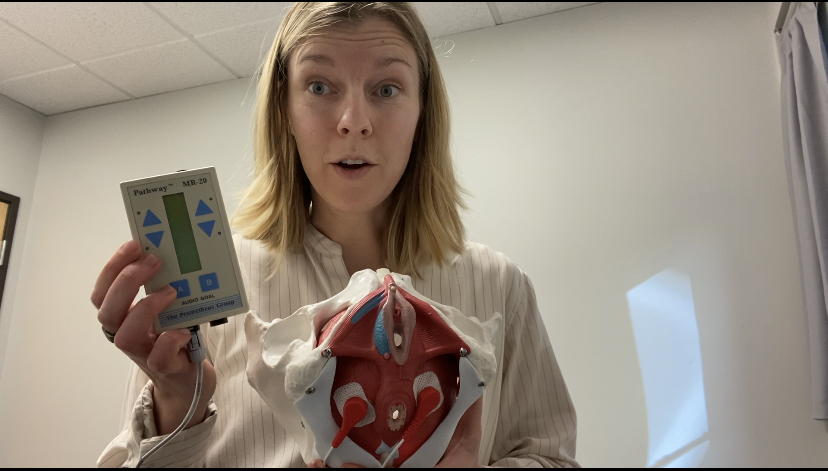Revealing the Link Between quantitative EEG and Slumber Apnea Trends for Enhanced Assessment and Therapy
Revealing the Link Between quantitative EEG and Slumber Apnea Trends for Enhanced Assessment and Therapy
Blog Article
Slumber apnea is a common slumber condition that impacts many individuals around the globe. It occurs when a person's respiration is disrupted during slumber, leading to poor sleep standards and various health issues. One of the methods scientists and doctors are working to better understand and diagnose sleep apnea is through a method called quantified electroencephalography, or qEEG. This method assesses the electronic activity of the brain and can provide important insights into how sleep apnea affects cerebral activity and overall health.
qEEG entails placing small sensors on the head to record brain waves. These cerebral oscillations are then examined to identify patterns that may suggest sleep conditions, including sleep apnea. By analyzing these trends, medical professionals can gain a clearer understanding of how sleep apnea interrupts typical brain activity during sleep. This data can be essential for formulating effective treatment strategies customized to specific patients. Understanding the connection between qEEG and sleep apnea can result to enhanced identification methods and better outcomes for those impacted by this disorder.
Studies has shown that people with sleep apnea often exhibit distinct changes in their brain oscillation trends. For instance, during episodes of apnea, the brain may show increased function in specific regions while additional areas become less engaged. These alterations can read this affect how effectively a individual sleeps and how rested they feel upon waking. By using qEEG to track these cerebral wave trends, physicians can recognize particular traits of sleep apnea in clients, which can assist in formulating a more precise identification. This is especially important because sleep apnea can sometimes be mistaken for other sleep disorders, leading to inappropriate therapies.
In addition to improving diagnosis, qEEG can also play a role in evaluating the effectiveness of treatments for sleep apnea. For instance, after a patient begins using a continuous positive airway pressure (CPAP) machine, which helps keep the airway open during slumber, qEEG can be utilized to evaluate alterations in cerebral function. If the brain shows improved patterns of sleep after starting treatment, it may indicate that the therapy is working effectively. This feedback can help doctors make necessary modifications to therapeutic plans, ensuring that patients obtain the optimal treatment feasible.
In summary, the relationship between qEEG and sleep apnea trends is an promising area of study that holds promise for improving identification and therapy. By comprehending how sleep apnea impacts cerebral activity, medical providers can develop more effective strategies to help patients achieve better slumber and enhance their general well-being. As studies continues to advance, it is probable that qEEG will turn into an integral instrument in the fight against sleep apnea, leading to better outcomes for those who suffer from this difficult disorder.